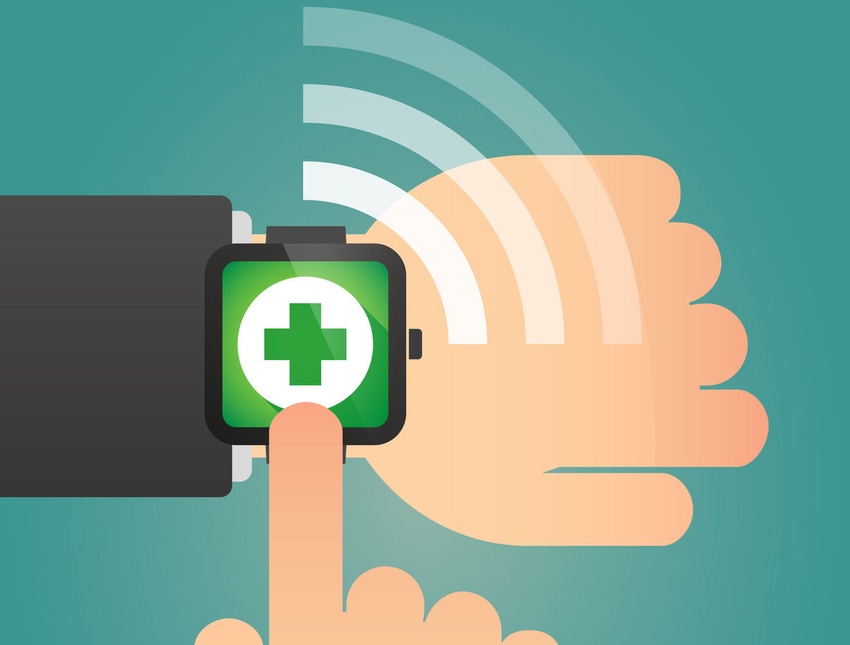Telecoms.com spoke to Jennifer Kent, Director of Research Quality and Product Development at Parks Associates, on the anticipated impact IoT will have on healthcare.
August 12, 2015

By Thomas Campbell
Telecoms.com spoke to Jennifer Kent, Director of Research Quality and Product Development at Parks Associates, on the anticipated impact IoT will have on healthcare.
Telecoms.com: Can you give us a sense of how big an impact the Internet of Things could have on health in the coming years?
 Jennifer Kent: Because the healthcare space has been slow to digitize records and processes, the IoT stands to disrupt healthcare to an even greater extent than will be experienced in other industries. Health systems are just now getting to a point where medical record digitization and electronic communication are resulting in organizational efficiencies.
Jennifer Kent: Because the healthcare space has been slow to digitize records and processes, the IoT stands to disrupt healthcare to an even greater extent than will be experienced in other industries. Health systems are just now getting to a point where medical record digitization and electronic communication are resulting in organizational efficiencies.
The wave of new data that will result from the mass connection of medical and consumer health devices to the Internet, as part of the IoT, will give care providers real insight for the first time into patients’ behaviour outside of the office. Parks Associates estimates that the average consumer spends less than 1% of their time interacting with health care providers in care facilities. The rest of consumers’ lives are lived at home and on-the-go, engaging with their families, cooking and eating food, consuming entertainment, exercising, and managing their work lives – all of which impact their health status. The IoT can help care providers bridge the gap with their patients, and can potentially provide insight into the sources of motivation and types of care plans that are most effective for specific individuals.
Do you see IoT healthcare as an essentially self-enclosed ecosystem, or one that will touch consumer IoT?
IoT healthcare will absolutely touch consumer IoT, at least in healthcare markets where consumers have some responsibility for healthcare costs, or in markets that tie provider payments to patients’ actual health outcomes. In either scenario, the consumer is motivated to take a greater interest in their own self-care, driving up connected health device and application use. While user-generated data from consumer IoT devices will be less clinically accurate or reliable, this great flood of data still has the potential to result in better outcomes, and health industry players will have an interest in integrating that data with data produced via IoT healthcare sources.
Medical data is very well protected – and quite rightly – but how big a challenge is this to the development of effective medical IoT, which after all depends on the ability to effectively share information?
All healthcare markets must have clear regulations that govern health data protection, so that all players can ensure that their IoT programs are in compliance with those regulations. Care providers’ liability concerns, along with the investments in infrastructure that are necessary to protect such data, have created the opportunity for vendors to create solutions that take on the burden of regulatory compliance for their clients. Furthermore, application and device developers on the consumer IoT side that border very closely the medical IoT vertical can seek regulatory approval –even if not required – as a means of attaining premium brand status from consumers and differentiation from the may untested consumer-facing applications on market.
Finally, consumers can be motivated to permit their medical data be shared, for the right incentive. Parks Associates data show that no less than 40% of medical device users in the U.S. would share the data from their devices in order to identify and resolve device problems. About a third of medical devices users in the US would share data from their devices for a discount on health insurance premiums. Effective incentives will vary, depending on each market’s healthcare system, but care providers, device manufacturers, app developers, and others who come into contact with medical device data should investigate whether potential obstacles related to data protection could be circumvented by incentivizing device end-users to permit data sharing.
You’re going to be at Internet of Things World Europe (5 – 7 October 2015 Maritim proArte, Berlin). What are you looking forward to discussing there and learning about?
While connected devices have been around for decades, the concept of the Internet of Things – in which connected devices communicate in a meaningful way across silos – is at a very early and formative stage. Industry executives can learn much from their peers and from visionary thinkers at this stage, before winners and losers have been decided, business plans hardened, and innovation slowed. The conversations among attendees at events like Internet of Things World Europe can shape the future and practical implementation of the IoT. I look forward to learning how industry leaders are applying lessons learned from early initiatives across markets and solution types.
Read more about:
DiscussionYou May Also Like






.png?width=300&auto=webp&quality=80&disable=upscale)


_1.jpg?width=300&auto=webp&quality=80&disable=upscale)


.png?width=800&auto=webp&quality=80&disable=upscale)